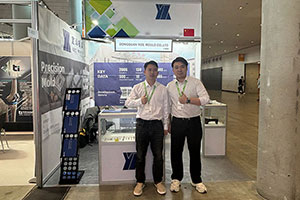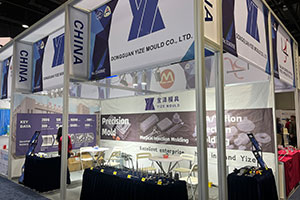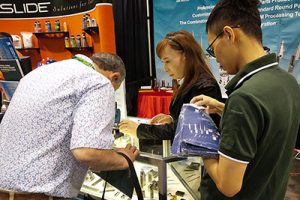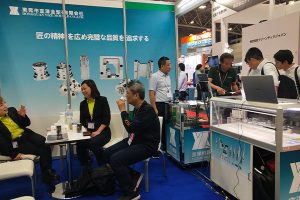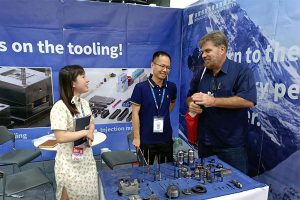Guide to Purchasing Tungsten Carbide Plates: Type Analysis and Quality Evaluation
Tungsten carbide plates, as a leading material in hard alloys, are widely used in various fields due to their excellent properties. Faced with a dazzling array of products, how to […]
Tungsten carbide plates, as a leading material in hard alloys, are widely used in various fields due to their excellent properties. Faced with a dazzling array of products, how to select tungsten carbide plates with superior performance and high quality has become a focus of consumer attention. This article will elaborate on the classification, performance characteristics, and quality evaluation methods of tungsten carbide plates.
I. Overview of Tungsten Carbide Plate Types
Our factory business: carbide parts, mold parts, medical injection molds, precision injection molds, teflon PFA injection molding, PFA tube fittings. email: [email protected],whatsapp:+8613302615729.
Tungsten carbide plates come in a variety of types, which can be classified based on composition, application, production process, and performance. By composition, there are tungsten carbide-cobalt (WC-Co), tungsten nitride-cobalt (WN-Co), and tungsten carbide-cobalt-nitrogen (WC-Co-N) plates, which combine plasticity and toughness, exhibit superior hardness and wear resistance, and offer comprehensive performance, respectively. By application, they are divided into tool-grade, structural, and functional material tungsten carbide plates, each meeting the needs of different fields. By production process, there are fusion-processed and powder metallurgy-processed tungsten carbide plates, with the former exhibiting good plasticity and toughness, and the latter offering increased density, strength, and wear resistance. By performance, they are classified as high-strength, high-hardness, and thermal fatigue-resistant tungsten carbide plates, suitable for different application environments.
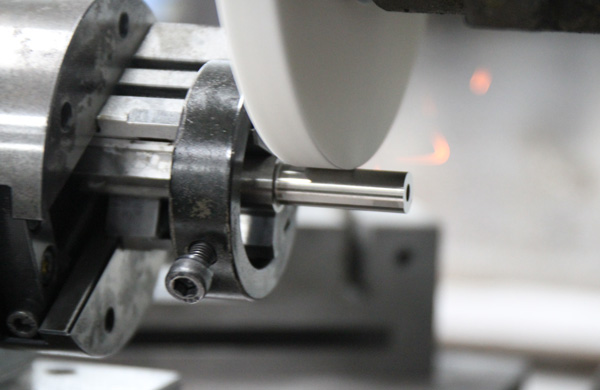
II. Comprehensive Guide to Evaluating Tungsten Carbide Plate Quality
When purchasing, it is necessary to consider quality, performance, and application requirements comprehensively. Firstly, density can be used as a criterion; the heavier the plate of the same specification, the higher the density and the better the performance. Secondly, hardness testing can be conducted, with a higher hardness value indicating a longer service life. Furthermore, chemical composition analysis can be performed to understand the impact of element content on performance. At the same time, the manufacturing process should be evaluated; for example, powder metallurgy-processed tungsten carbide plates offer superior performance. Additionally, choosing reputable brands ensures stricter quality control and technical support. Finally, observing the actual application effect, such as exhibiting high hardness, high wear resistance, and good thermal fatigue resistance, indicates high quality.
In summary, selecting tungsten carbide plates requires comprehensive consideration from multiple aspects. Mastering the guidelines in this article will help you easily choose products that suit your needs.


